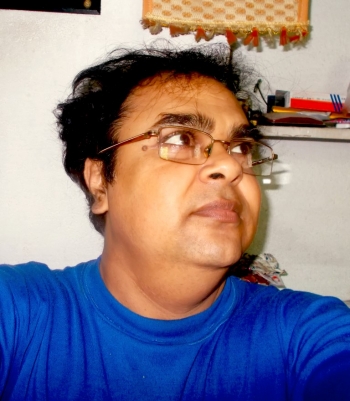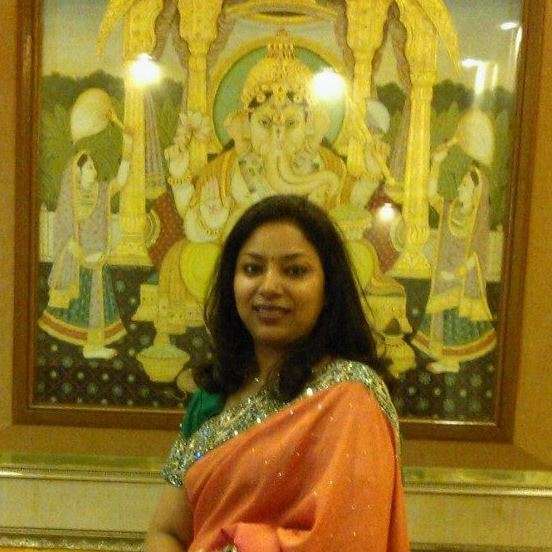
Charcoal paintings – the richness of shades, distinctive texture, expressionism of the works – open a view on art world that is fascinating Charcoal is one of the favorite tools of many artists of different periods, as this method is rather flexible, and the opportunities it offers are vast This method is actively develops together with the tendencies of the modern art. I have seen many acrylic paintings taking the main attention through their color and work ability but charcoal paintings are very unique in the world of art because of their natural beauty and their powerful expressiveness.
The Art and History of Charcoal Paintings
As one of the earliest known drawing media, charcoal remains a popular medium among artists to the present day. It has its roots in the prehistoric era when primitive men burnt pieces of charcoal in order to make paintings on the walls of caves. The soot has developed from the mere ancillary to the advanced artwork; Leonardo da Vinci, Michelangelo, Degas, Matisse being among the list of artists who used charcoal.
Finally, charcoal was popular for its versatility, as it ranges from very dark black to a lighter shade of gray and allows artists to draw both small details and large, powerful lines. This also facilitates the use of charcoal as it allows for deeper exploration of the surface textures as well as the tonal variations through rendering of shaded areas, which are normally difficult to do using other mediums.

Techniques and Styles
The works produced include charcoal paintings, and these can be developed through different methods, all of which add to the general impact of the artwork. Some common methods include:
-
Linear Drawing: It is possible to create accurate pictures by using precise and stern lines. This technique is normally used in creating architectural cartoons and designing the human body.
-
Shading and Blending: Through smudging and using the edge of charcoal, artists can easily obtain unique shades and tones. This technique is best used in pictures that depict people and other structures since the focus is on the shades of light and darkness.
-
Subtractive Drawing: This involves applying charcoal layer on the canvas then probing and rubbing off parts of it to form highlight and texture parts. This means that the interaction of the two colors can give a total effect of a complete contrasting colors and dynamic movement on the side of the art piece.
Charcoal vs. Acrylic Paintings
Although charcoal paintings provide simplicity accompanied by black and white brilliance, acrylic paintings bring endless shades of joy with them. Acrylics are relatively new paintings in the 20 th century and are ideal for artists since they dry fast and the form could be utilized on an assortment of media. This is unlike charcoal where it is commonly used in drawing and sketching and not painting, unlike acrylics that allow for painting and even other art projects.
Oil paintings can be characterized by the use of transparent layers of paint that are rich and dense, while acrylic paintings – the used type of painting – is special because of its durability and richness of colors. Other artists like David Hockney and Bridget Riley have employed this painting medium to produce such clear and massive paintings that are not faded. It even enables artists to glaze, impasto and layer, thus it gives artists liberty to apply it in various styles.
While charcoal prevailed as the most preferred material in creating ‘Drawings’, ‘Acrylics’ art pieces looked dominantly more like acrylic as the material of choice.
In expiation, some of the modern artists have developed a style that will try to blend both the attributes of charcoal and acrylic painting where the charcoal impressions will be completed with the dynamism of the acrylics. This mixed method ensures that artists are in a position to exploit the advantages linked to the two categories, and produce creative projects characterized by density of texture as well as depth of colors.

Read More: Difference Between Charcoal & Graphite Paintings
Conclusion
Charcoal paintings, as timeless in character and as communicative of emotions as any art form could be, remain to this date an object of beauty and fascination among artists and connoisseurs. Although it is completely different from acrylic painting which is full of bright shades and more liberated in practicing various ideas, both give the artist different varieties of opportunities for free expression. Whether it is to use thousands of shades of gray in charcoal or a stiff, heavy substance like paint in bright colors acrylics, the realm of art still continues to be vast and imaginative.
As artists continue to push the boundaries of these mediums, the intersection of charcoal and acrylic paintings promises to yield exciting new developments in the art world. For those seeking to deepen their appreciation of art, understanding the nuances of these techniques can enrich one's experience and inspire new ways of seeing and creating.






















